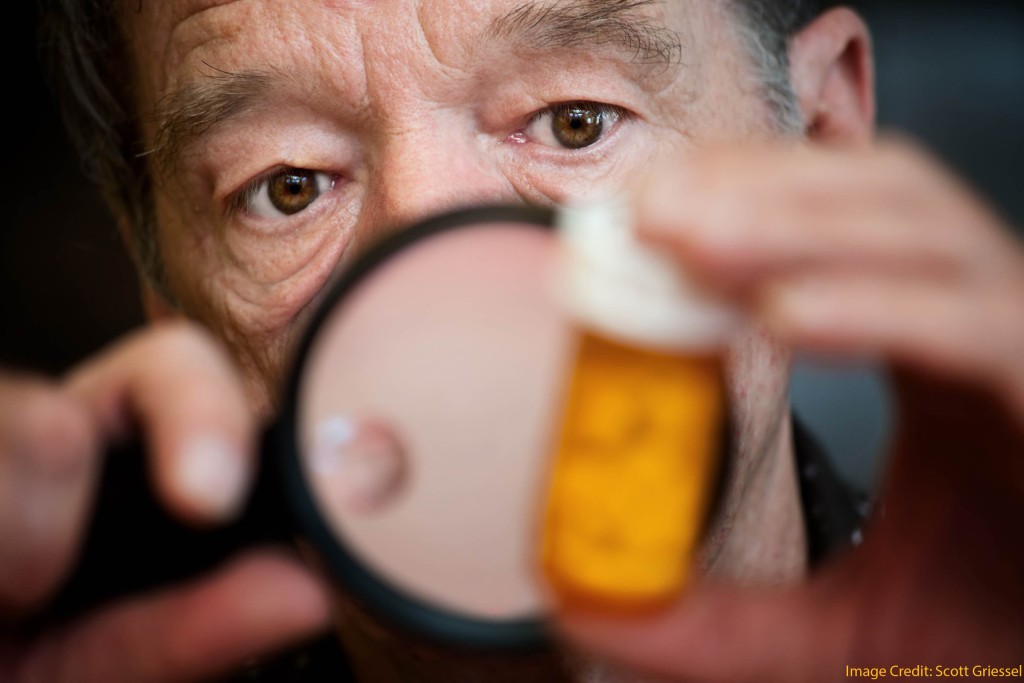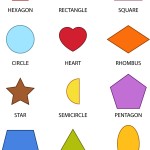
Greg Ashman is enthusiastic about research, and yet skeptical about innovation.
Ashman’s argument resonates with me in large measure because it helps explain the power of Mind, Brain, Education as an approach to teaching.
Of course, MBE does offer its own specific pedagogical suggestions. For example: if you’ve spent any time at Learning and the Brain conferences, you know the benefits of active recall. (Both Ian Kelleher and Scott MacClintic have blogged on this topic recently.)
The Bigger Picture
More broadly, MBE gives teachers a consistent rubric with which we can measure the value of many other pedagogical approaches. Here’s what I mean:
Is project based learning a good idea? How about flipped classrooms? Service learning? 1-to-1 laptop programs? Design thinking? Or, the new idea that will inevitably surface tomorrow?
If you’re being encouraged to try one of these approaches, it can be hard to know how to measure its effectiveness. All of them have research (of some kind or another) showing how beneficial they are. All of them have enthusiastic endorsements by earnest-seeming teachers. All of them have books and conferences and websites and … I don’t know … Ben & Jerry’s flavors named after them.
But: do they all work? How can they – some seem to conflict with each other.
The more you know about MBE, however, the more tools you have that allow you to make consistent comparisons.
Here’s what I mean…
The First Tool in the Toolbox
If you’ve learned about working memory at an LaTB conference, then you already know it is a short-term memory capacity that allows people to hold several pieces of information, and then reorganize and combine them into some new pattern.
For example: if I ask you to put the 6 New England states into alphabetical order, you have to hold all six names in your memory, and then reorganize them in a particular way. That’s working memory.
You may also know that working memory is very small; you can probably alphabetize 6 states, but you couldn’t do sixteen – at least, not without writing them down.
Once you understand even a few simple facts about working memory, then you can use that MBE knowledge to analyze all of the pedagogies listed above.
Is project-based learning a good idea? Well: what might it do to working memory?
Do 1-to-1 laptop programs increase or reduce working memory demands?
In other words: now you have a consistent criterion – one you can use to analyze all new proposals that come across your doorstep.
More Where That Came From
Michael Posner’s work on attention provides an equally useful yardstick. It might tell you, for example, whether flipped classrooms are likely to enhance or diffuse attention. (Or, more likely, both…)
So too Carol Dweck’s work on mindset, and Claude Steele’s work on stereotype threat. And Mary-Helen Immordino-Yang’s work on emotion.
And so: MBE allows you both to learn about specific psychology- and neuroscience-based teaching strategies and to develop a system for measuring all the other pedagogical proposals that crowd your inbox.
As Ashman implies: research helps us not only because it allows innovation, but also because allows consistent, skeptical analysis of innovation. Our students will benefit from both.



